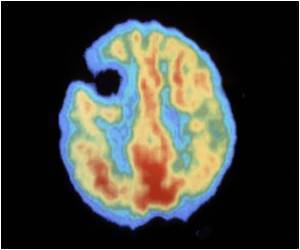
Now, UCLA neuro-physicists have found that there is an optimal brain "rhythm", or frequency, for changing synaptic strength.
And further, like stations on a radio dial, each synapse is tuned to a different optimal frequency for learning.
The findings, which provide a grand-unified theory of the mechanisms that underlie learning in the brain, may lead to possible new therapies for treating learning disabilities.
"Many people have learning and memory disorders, and beyond that group, most of us are not Einstein or Mozart," said Mayank R. Mehta, the paper's senior author and an associate professor in UCLA's departments of neurology, neurobiology, physics and astronomy.
"Our work suggests that some problems with learning and memory are caused by synapses not being tuned to the right frequency."
Advertisement
Although much more research is needed, the findings raise the possibility that drugs could be developed to "retune" the brain rhythms of people with learning or memory disorders, or that many more of us could become Einstein or Mozart if the optimal brain rhythm was delivered to each synapse.
Advertisement
"Our findings suggest that we can use these tools to deliver the optimal brain rhythm to targeted connections to enhance learning," he added.
The study has been published in the journal Frontiers in Computational Neuroscience.
Source-ANI














